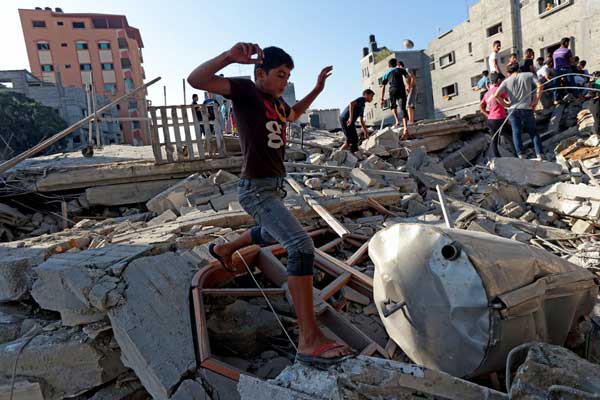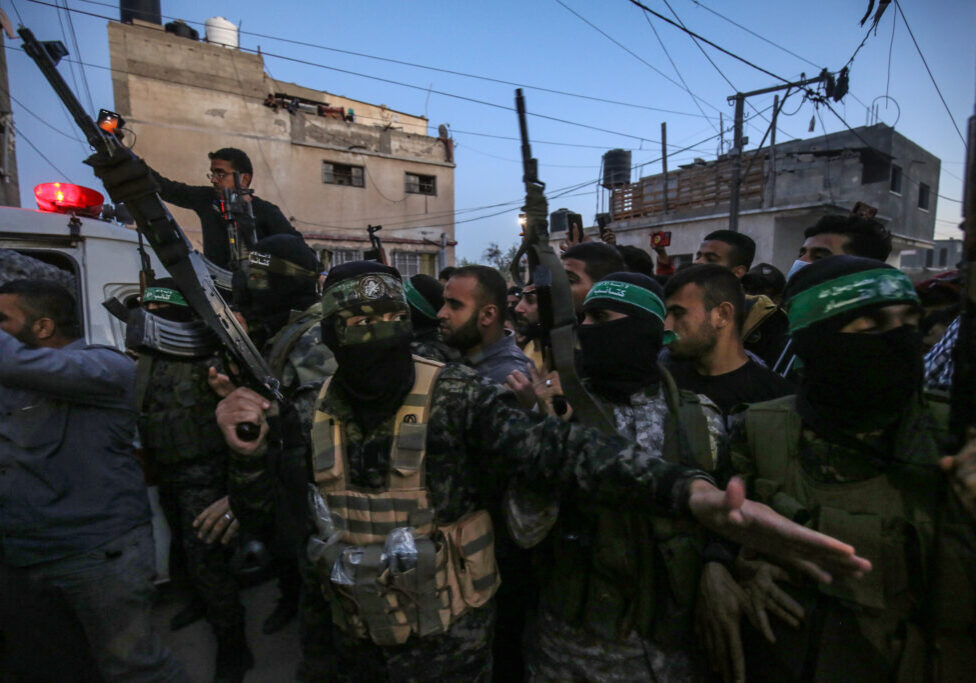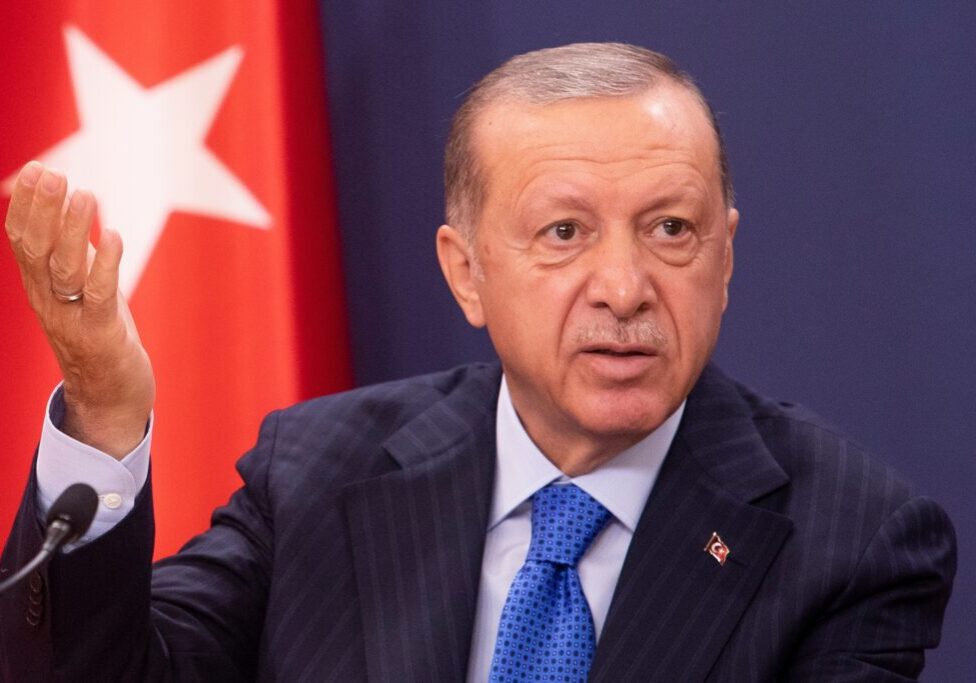Australia/Israel Review
War crimes in Gaza?
Aug 26, 2014 | David Knoll

David Knoll
Riad Malki, the Palestinian Foreign Minister, reportedly has approached International Criminal Court officials in the Hague to discuss “putting Israel in the dock on war crimes charges”. The Palestinian plan reportedly is to “join the ICC and set a war crimes investigation in motion to be one of the bargaining chips on the table in Cairo.” A strange way to proceed, but given the need to shift the focus away from the real cause of the human suffering in Gaza, an understandable political tactic.
It also represents a very different approach from the very public position taken on July 9 by the Palestinian representative to the UN Human Rights Council, Ambassador Ibrahim Khraishi, who said on Palestinian TV: “the rockets fired from Gaza toward Israel are each and every one a crime against humanity whether it hits or misses, because it is directed at civilian targets.” He added: “That is why Israel resorted to an attack against Gaza.”
From January 2013 through June of this year, there was an average of over 13 rockets fired every month from Gaza aimed at Israeli towns and villages. Israel warned Hamas to desist, more than once. The Hamas response? To up the intensity and frequency of the strikes, to fire at major civilian centres including Tel Aviv and Jerusalem.
The fact remains that far too many civilians have been horribly and regrettably killed and wounded. Such casualties were avoidable and they were avoidable by Hamas. The evidence is now overwhelming that Hamas hid its fighters and weapons amongst women and children, in hospitals and schools, and even in a centre for disabled people. As reported by Newsweek, Sami Abu Zuhri, a Hamas spokesperson, on Al Aqsa TV on July 9, 2014, encouraged civilians to stand on the roofs of houses targeted by Israel to act as human shields.
While every armed conflict entails human suffering, it does not follow that legal (or moral) responsibility for the suffering necessarily lies with the party that inflicts it. In most civilised nations, where a victim or innocent bystander is killed because he has been used as a shield or taken hostage by a defendant, the defendant is liable even though the death may have come from the gun of an enforcement officer. The precise boundaries of the rule vary from jurisdiction to jurisdiction, but the officer in most cases is not liable for the death.
Indiscriminately firing rockets into Israel that are “not directed at a specific military target”, with the intention of harming the civilian population is a clear breach of international law. The positioning of the rockets and rocket launchers in the midst of a civilian population is also unacceptable, and using civilians as a human shield can be a war crime. International law does not allow civilians to be “used to render certain points or areas immune from military operations, in particular in attempts to shield military objectives from attacks or to shield, favour or impede military operations.”
In contrast, Israel warns civilians to leave before bombing a target so as to avoid civilian casualties to the extent possible, in compliance with international law. Moreover, not only does Israel have the right of self-defence, Israel also has a right of hot pursuit so as to disarm the attackers.
To prevent this happening again, the United Nation Relief and Works Agency, which is permanently present in Gaza, should take up the recommendations made on Aug. 5 by Professor Alan Dershowitz of Harvard Law School. He writes: “why does the United Nations try to shelter Palestinian civilians right in the middle of the areas from which Hamas is firing? Hamas has decided not to use the less densely populated areas for rocket firing and tunnel digging. For that reason, the United Nations should use these sparsely populated areas as places of refuge. Since the Gaza Strip is relatively small, it would not be difficult to move civilians to these safer areas.”
Australian Foreign Minister Julie Bishop stated on August 5: “There have been a number of shocking incidents, including the indefensible shelling of three UN schools, all of which were sheltering civilians. Australia supports calls for a full investigation into these incidents. Both sides must respect international humanitarian law.” Every sensible observer shares a genuine and appropriate concern that not only Hamas, but also Israel, should not breach the rules of war. So how do those rules apply?
Firing at legitimate military targets, such as missile and rocket launch sites, and terror tunnels, is permitted, even though Hamas chose to locate them in built-up civilian areas rather than in the available sparsely populated areas of Gaza, unless of course the number of anticipated civilian casualties is disproportionate to the military importance of the target. And that is the issue that Israel faces every time it reacts to Hamas’ relentless rocket attacks on Israeli cities and towns. As recognised in Australian Defence Doctrine publications, this same principle governs Australian military actions:
5.30 The presence of non-combatants, including civilians, in or around a military objective does not change its nature as a military objective. Non-combatants in the vicinity of a military objective must share the danger to which the military objective is exposed. Attacks on military objectives that cause incidental loss or damage to civilians are not prohibited as long as the proportionality rule is complied with.
Military objects are defined as follows:
5.31 Military objectives may include a very wide range of persons, locations and objects. Some examples are:…
• power stations, industry and transport facilities which support military operations;
• facilities which support or enhance command and control, such as communications facilities;
• all persons taking a direct part in hostilities, whether military or civilian;
• civilian aircraft, vessels, vehicles and buildings which contain combatants, military equipment or supplies;
• transportation systems for military supplies, transportation centres where lines of communication converge, rail yards, industrial installations producing materiel for combat forces, fuel dumps and distribution centres supplying military users…
• economic targets that indirectly but effectively support operations are also military objectives if an attack will gain a definite military advantage…
• objects, normally dedicated to civilian purposes, but which are being used for military purposes, eg a school house or home which is being used temporarily as a battalion headquarters.
Ironically, included in that Australian list are some of the targets of the Gaza war, such as school houses used for military purposes.
In the particular context of Gaza, Professor Dershowitz addresses the critical issue as follows: “Why doesn’t Hamas use sparsely populated areas from which to launch its rockets and build its tunnels? Were it to do so, Palestinian civilian casualties would decrease dramatically, but the casualty rate among Hamas terrorists would increase dramatically…The difference between Israel and Hamas is that Israel uses its soldiers to protect its civilians, whereas Hamas uses its civilians to protect its terrorists. That is why most of Israeli casualties have been soldiers and most of Hamas’ casualties have been civilians. The other reason is that Israel builds shelters for its civilians, whereas Hamas builds shelters only for its terrorists.”
As far as we know today, Israel’s actions have been a legitimate pursuit of terrorists, taken in self-defence. International law imposes a requirement of proportionality on the use of force in self-defence. But the law does not require that the extent of the force used be equivalent in some sense to the extent of the force used in the initial attack, or that the number of civilian or other casualties on each side must be about equal. According to Robert Ago, when he was President of the International Court of Justice: “What matters in this respect is the result to be achieved by the ‘defensive’ action, and not the forms, substance and strength of the action itself.” It thus is entirely legitimate for Israel to destroy the Hamas terror tunnels, and to strike rocket launch and storage sites. It is Hamas that is legally liable for abusing schools, hospitals and crowded civilian areas as launch sites for terrorist actions.
That said, while pursuit of terrorists and their infrastructure is a necessary and legally permitted response to terrorism, it is not a solution to the need for peace. Peace will follow when Israel is not, as Malcolm Turnbull correctly said recently, under “existential threat”.
David D. Knoll AM is a Barrister and Visiting Fellow, Faculty of Law, University of NSW. He is a past President of the NSW Jewish Board of Deputies.
Tags: Israel






